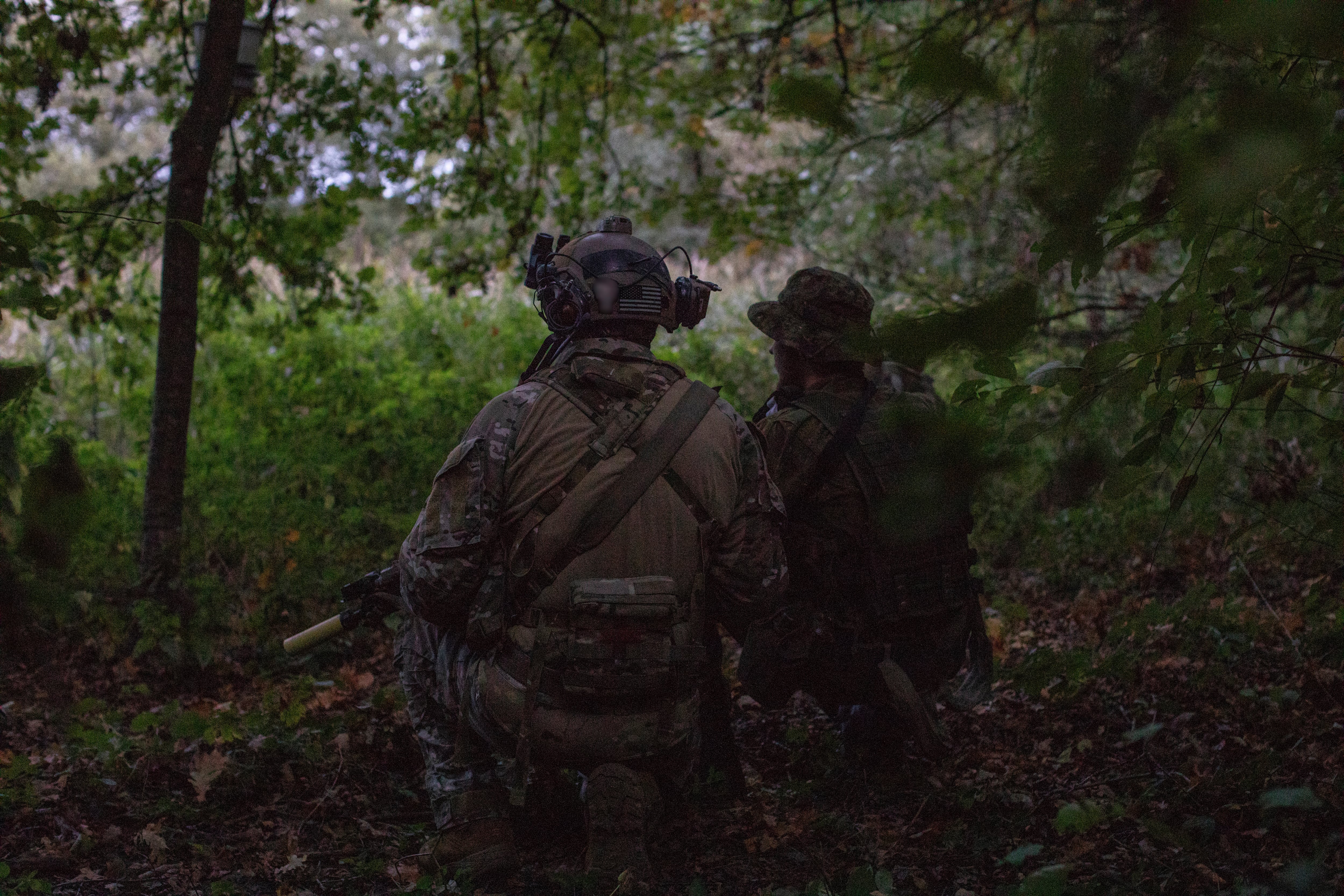With a U.S. national strategy laser-focused on China and Russia, ensuring a robust and effective deterrence capability is a must. In 2019, U.S. Deputy Undersecretary of Defense for Policy David Trachtenberg called nuclear deterrence the bedrock for national security, stating “our nuclear deterrent underwrites all U.S. military operations and diplomacy across the globe.”
Most people naturally think of deterrence in terms of weaponry. However, an effective deterrence also relies on preventing aggressive nations from operating at will in the cyber domain. Outthinking the enemy, fostering innovation, and embracing initiative is an imperative, especially in the cyber arena. When it comes to safeguarding the world’s most powerful weapons, nothing can be taken for chance or for granted.
Within Air Force Global Strike Command, seven civilian airmen serve as the front line of defense against cyber attacks against the world’s most powerful weapons system, the intercontinental ballistic missile. As I like to refer to them, these “Seven Spartans” are at the hot gates and represent not only the base, but the entire mission defense team, for all Air Force Global Strike Command ICBM operations. They push every day to develop cyber blueprints to preserve and protect American’s nuclear-capable platforms and critical infrastructure.
Working closely with missileers, security forces professionals, and intelligence leaders, they are forging new pathways and developing a specialized cybersecurity core — defining what cyber defense can mean to Air Force Global Strike Command and identifying needs while protecting and defending against potential attacks. This is incredibly important work, especially considering the fact that operational warheads, delivery platforms, and early warning satellites are all linked through a nuclear command, control, and communication network.
Over the last 60 years, the weapons system has matured with updates and additions; but with a change in technologies, the need for innovation and initiative became apparent.
RELATED

As the cyber defense lead for the Global Strike missile wings, the 341st Communications Squadron Mission Defense Team is assessing technological change and its impact to U.S. nuclear deterrence assets. They are studying dependencies of the ICBM weapon system and considering more than just the launch of the weapon. The team quickly identified cyber-related dependencies crossing into the expertise and duties of every unit on Malmstrom Air Force Base and beyond — dependencies that are required to ensure those supporting technologies and organizations can provide credible nuclear deterrence through maintenance, physical security, nuclear surety, and of course, the ability to launch if ever needed.
Even though the ICBM mission defense team is new, the team members have already made significant changes to the way ICBM operations are conducted, demonstrating how a pioneering spirit can rapidly make improvements.
The team recently learned about an emerging challenge in the missile complex related to voice communications.
The analysis determined there are previously undocumented critical communications dependencies in the Launch Control Center, all complex and unique. In addition, they discovered the requirements for a reliable telephone service had changed over the years and elevated current needs for consideration. Malmstrom AFB altered its procedures for critical ICBM communications and made a significant change in the way radio communication training is conducted while imparting lessons across all three Air Force missile bases. It delivered improvement.
As a result of the initial analysis, the mission defense team will look at the way data moves from location to location in the missile field and help determine the functionality and reliability of infrastructure that has been in place since the early 1960s.
This work is increasing mission assurance in a no-fail nuclear mission. Because of the support and promotion of innovation in AFGSC, the team has received requests for integration with operators, maintainers, defenders, Office of Special Investigations, and command representatives. Their work comes at a time of unprecedented cyber threats to military and civilians alike, and parallels with the Defense Department’s shift to near-peer competition with the Chinese and Russians.
The team recently helped U.S. Strategic Command redefine cyber exercise procedures during the Global Thunder 22 exercise — an annual command and control exercise designed to train U.S. Strategic Command components, units and task forces while assessing joint operational readiness. With the mission defense team’s help, U.S. Strategic Command was able to confront newfound issues.
RELATED

With the planned new weapons system, Ground Based Strategic Deterrence, they now know NC3 will dramatically increase its use of digital technologies to enhance efficiency and reliability. This makes the cybersecurity of NC3 an even more pressing need.
Cyber defense and functional analysis of these systems is critical to effective operation of the world’s most powerful weapons, and ensuring a viable deterrence capability for the future of America. With limited resources, the 341st’s Communications Squadron’s Mission Defense Team is working to protect nuclear deterrence. In order to do so, we are seeking new partnerships and will continue to rely on innovation and initiative to deliver results and our part to ensure a robust deterrence exists for the nation.
Lt. Col. B. Seth Bennett is the 341st Communications Squadron Commander. He commands 74 total force personnel fulfilling cyber and information technology requirements across the Air Force’s largest missile complex.
The views expressed are solely those of the author and do not reflect the official policy or position of the U.S. Government, Department of Defense, or U.S. armed forces.
Have an opinion?
This article is an Op-Ed and as such, the opinions expressed are those of the authors. If you would like to respond, or have an editorial of your own you would like to submit, please email Military Times Managing Editor Howard Altman.
Want more perspectives like this sent straight to you? Subscribe to get our Commentary & Opinion newsletter once a week.




